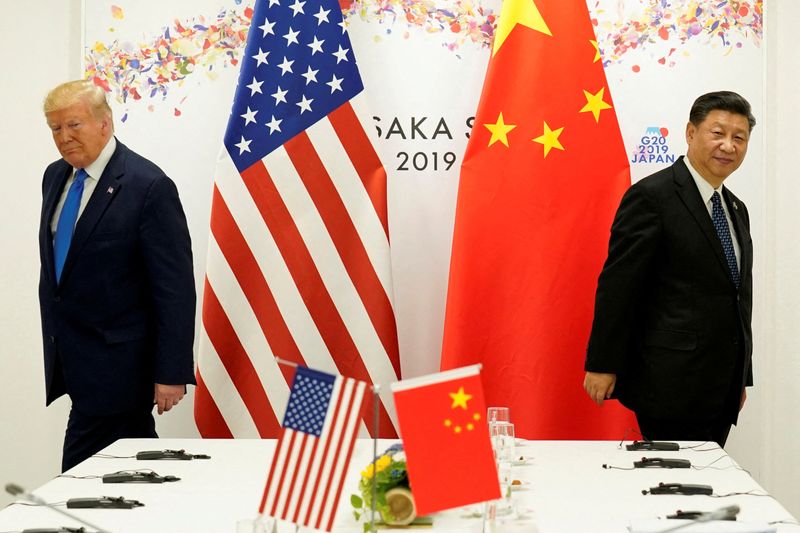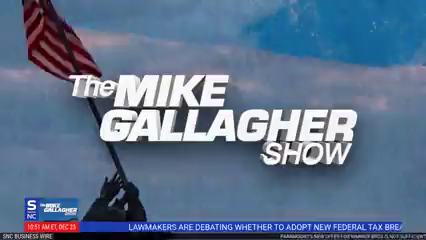Trump may travel to China to meet Xi in ‘not-too-distant future’

By Trevor Hunnicutt and Andrea Shalal
WASHINGTON (Reuters) -U.S. President Donald Trump said on Tuesday that he may visit China soon for a landmark trip to address simmering trade and security tensions between the superpower rivals.
“President Xi has invited me to China, and we’ll probably be doing that in the not-too-distant future,” Trump told reporters in the White House’s Oval Office. “A little bit out, but not too distant. And I’ve been invited by a lot of people, and we’ll make those decisions pretty soon.”
Trump and Xi’s aides have discussed a potential meeting between the leaders during a trip by the U.S. president to Asia later this year, Reuters has reported, citing two people familiar with the plans.
While plans for a meeting have not been finalized, discussions on both sides of the Pacific have included a possible Trump stopover around the time of the Asia-Pacific Economic Cooperation summit in South Korea or talks on the sidelines of the October 30-November 1 event, the people said.
Another possible trip would be for a September 3 Beijing ceremony commemorating the 80th anniversary of the end of World War Two, which Russian President Vladimir Putin also plans to attend.
Meetings between Trump and Xi or Putin would be the first face-to-face encounters between the men since Trump’s inauguration on January 20 for his second term in office. The White House and the Chinese Foreign Affairs Ministry have declined to comment on the Reuters report.
GLOBAL RIVALS
Trump made the comment about meeting Xi during a meeting with Philippine President Ferdinand Marcos Jr., a key Pacific ally who Trump said he had nudged away from China.
“The country was maybe tilting toward China for a period of time, but we un-tilted it very, very quickly,” Trump said. Trump added: “I don’t mind if he gets along with China because we’re getting along with China very well.”
Marcos, who took office in 2022, has for years sought U.S. support as his country’s maritime disputes worsen with China. Manila has sought to avoid direct confrontation with its larger neighbor, which claims most of the South China Sea as its own territory.
The U.S. and the Philippines have a seven-decade-old collective defense treaty, potentially implicating Washington in a clash between China and the Philippines.
Washington sees Beijing as its key strategic rival globally. Upon taking office, Trump launched a tit-for-tat tariff war with China that has upended global trade and supply chains.
Other points of friction between the countries include China’s support for Russia, the illicit opioid trade, China’s growing pressure on Taiwan and exit bans on some American residents.
In recent weeks, Trump has sought to lower tensions, describing his personal relations with Xi as healthy.
Trump has sought to impose tariffs on virtually all foreign goods, including both China and U.S. allies in Asia like the Philippines. He says this will stimulate domestic manufacturing, but critics say many consumer goods will become more expensive for Americans.
The president has called for a universal base tariff rate of 10% on goods imported from all countries, with higher rates for some. Imports from China have the highest tariff rate of 55%.
Trump has set a deadline of August 12 for the U.S. and China to reach a durable tariff agreement.
(Reporting by Andrea Shalal and Trevor Hunnicutt; Editing by David Gregorio)









